Planopedia
Clear, accessible definitions for common urban planning terms.
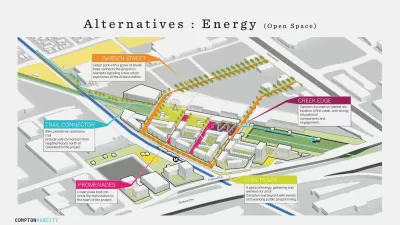
Specific Plan
Specific Plans are unique to the state of California, but come up frequently in media coverage of planning. Understanding the purpose of Specific Plans can also open a window to understanding of how planning works all over the country.

Complete Streets
Complete Streets prioritize the safety and mobility of all users instead of the speed of cars and flow of traffic. After a century of prioritizing automobile travel, the concept of complete streets offer a chance to make streets a place to be used and enjoyed rather than glimpsed through a windshield.
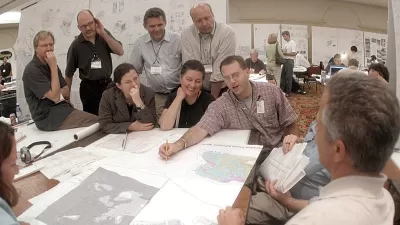
Urban Planning
Urban planning is the most common term used in the contemporary United States to describe the professional and academic field of planning, but understanding the implications of the term requires a discussion about the history of the word urban and the changing politics of planning.

Euclidean Zoning
Euclidean zoning is responsible for the sprawling, suburban character of much of the built environment in the United States.

Form-Based Codes
Form-based codes are a variety of development regulation that departs significantly from the land use control approach of most zoning codes in the United States.
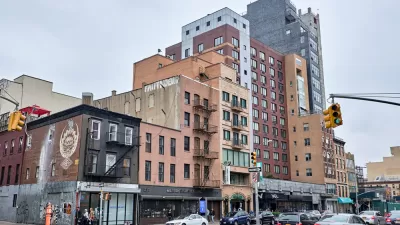
Zoning Codes
Local governments use zoning codes to define what can and cannot be built. While comprehensive plans and other kinds of plans lay out a vision for the future, zoning codes offer the legal tools to implement that vision.
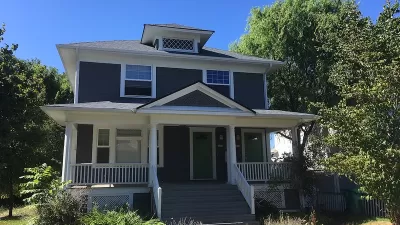
Missing Middle Housing
One of the newest terms in the world of urban planning, Missing Middle Housing has generated a lot of attention in recent years as cities around the United States look for ways to create more housing options in a vast sea of single-family homes.
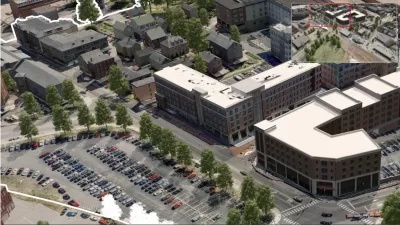
Land Use
Land use might seem self explanatory, but it has a very specific meaning in the context of U.S. planning history.
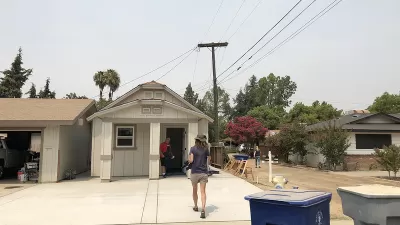
Accessory Dwelling Units
Sometimes referred to as mother-in-law units or granny flats, accessory dwelling units (ADUs) are a hallmark of contemporary planning as jurisdictions of all sizes and histories legalize the construction of these supplementary residential units.

High-Speed Rail
Beginning with Japan in the 1960s, more and more countries are embracing high-speed trains to streamline domestic travel. Operating at speeds often in excess of 160 mph, high-speed rail networks are now well-developed across Europe and, more recently, in China.
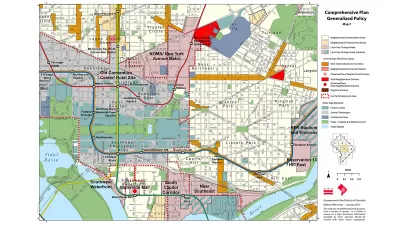
Comprehensive Plans
The comprehensive plan, sometimes also referred to as a master plan or a general plan, is the foundational document of long-term planning and zoning in the United States.
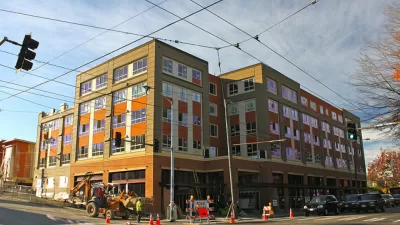
Mixed-Use Development
Long an urban norm, mixed-use neighborhoods fell out of favor in the United States in the automobile age as single-use zoning became common. These days, mixed-use development is back in vogue, but implementation remains a challenge.

Eminent Domain
One of the most controversial powers defined by the Bill of Rights, eminent domain is the term used to describe the government's power to seize private property for public use.

Adaptive Reuse
Key to urban revitalization or harbinger of gentrification—whichever way you look at it, adaptive reuse has been a key development type in the transformation of U.S. cities throughout the 21st century.

Local Control
State preemption and local control are two of the most controversial and contested concepts in land use. Understanding when and where one or the other takes precedence is key to understanding the politics and governance of planning.
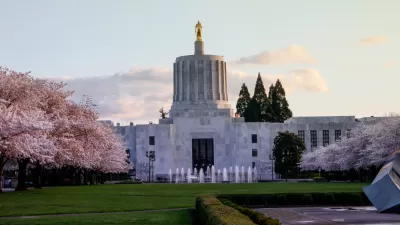
State Preemption
State preemption and local control are two of the most controversial and contested concepts in land use. Understanding when and where each one takes precedence is key to understanding the politics and governance of planning.

Transit Oriented Development
Transportation and land use are deeply connected, but decades of planning and development policy ignored the consequences of only paying attention to one side of the equation. Transit oriented development takes a more holistic approach.
Pagination
Urban Design for Planners 1: Software Tools
This six-course series explores essential urban design concepts using open source software and equips planners with the tools they need to participate fully in the urban design process.
Planning for Universal Design
Learn the tools for implementing Universal Design in planning regulations.
Heyer Gruel & Associates PA
JM Goldson LLC
Custer County Colorado
City of Camden Redevelopment Agency
City of Astoria
Transportation Research & Education Center (TREC) at Portland State University
Camden Redevelopment Agency
City of Claremont
Municipality of Princeton (NJ)

























